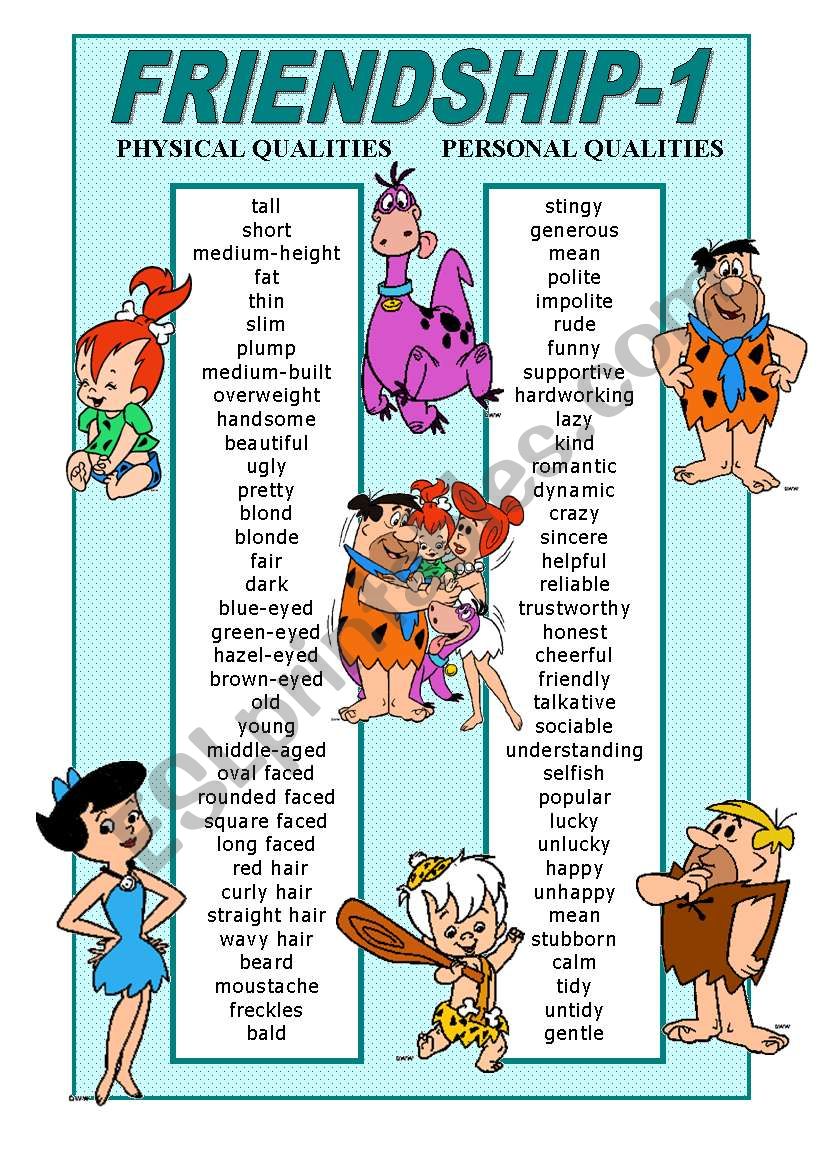
Did you take a class with them? Were you in a lab? Did you shadow this doctor?
How (or in what capacity) the med school letter of recommendation writer knows you. 
OR stories that show you are a great student & applicant. OR Julie received and A in my biochemistry class. This can come in the form of April was the top _% of the class. Your recommendation letter writer should state that you are great.Your medical school letter of recommendation letter should have the following elements: Q: What are the components needed in a strong letter of recommendation?
Noteworthy characteristics list how to#
Medical school letters of recommendation are extremely important, which is why we are writing multiple blog posts that cover: 1) how to ask for strong medical school letters of recommendation and 2) how to submit strong medical school letters of recommendation.
“Is moody, has up and down mood swings” (for neuroticism, or negative emotionality)īased on a person’s ratings for dozens of these statements (or fewer, for other tests), an average score can be calculated for each of the five traits.Q: How important are letters of recommendation for medical school?. “Is compassionate, has a soft heart” (for agreeableness). “Is outgoing, sociable” (for extroversion). “Is systematic, likes to keep things in order” (for conscientiousness). “Is curious about many different things” (for openness, or open-mindedness). One test, the latest version of the Big Five Inventory, asks how much a person agrees or disagrees that he or she is someone who exemplifies various specific statements, such as: While these tests vary in the exact terms they use for each trait, they essentially cover the same broad dimensions, providing high-to-low scores on each: openness to experience (also called open-mindedness or just openness), conscientiousness, extroversion (the reverse of which is introversion), agreeableness, and neuroticism (sometimes negative emotionality or emotional stability). 
The Big Five traits are typically assessed using one of multiple questionnaires. A more recently introduced six-factor model known as HEXACO adds the factor of honesty-humility to the original five traits.

The five-factor model is widely used by personality researchers, but it is not the only model. A relatively extroverted person might be highly sociable but not especially assertive. People can also differ on the more specific facets that make up each of the Big Five traits. These traits remain fairly stable during adulthood.

When the traits are measured, some people rate higher and others rate lower: Someone can be more conscientious and less agreeable than most people, for instance, while scoring about average on the other traits. Individual personalities are thought to feature each of these five broad traits to some degree.
Neuroticism (tendencies toward anxiety and depression). Agreeableness (compassion, respectfulness, trust in others). Extroversion (sociability, assertiveness its opposite is Introversion). Conscientiousness (organization, productiveness, responsibility). Openness to experience (includes aspects such as intellectual curiosity and creative imagination). The differences between people’s personalities can be broken down in terms of five major traits-often called the “Big Five.” Each one reflects a key part of how a person thinks, feels, and behaves.








 0 kommentar(er)
0 kommentar(er)
